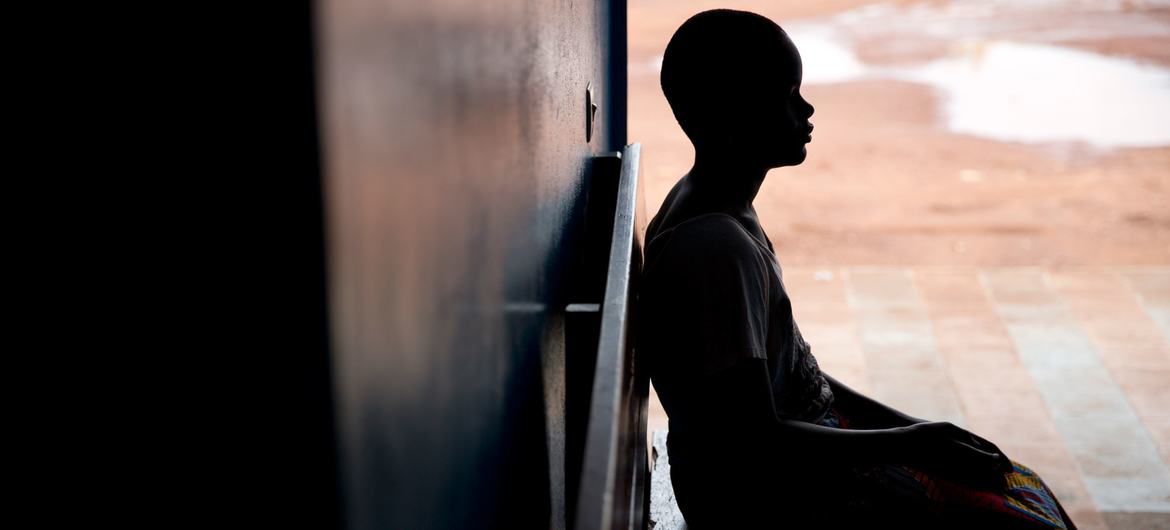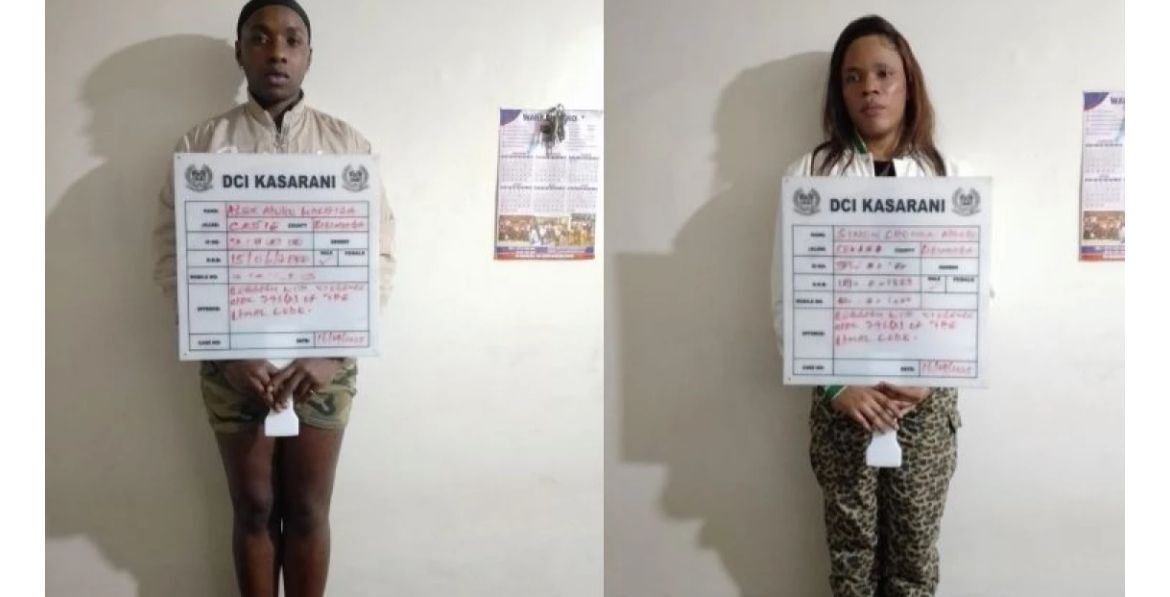WHO Reports: 19 Million Girls Face Intimate Partner Violence Before Age 20

By Onoja Baba, Abuja, Nigeria
The World Health Organization (WHO) has revealed that nearly 19 million teenage girls will have experienced physical and/or sexual intimate partner violence by the age of 20.
The statistics are part of a new analysis published in The Lancet Child and Adolescent Health.
Dr. Pascale Allotey, Director of WHO’s Sexual and Reproductive Health and Research Department, emphasized the severity of this issue, highlighting its profound and lasting impact on young women’s health, education, and prospects.
“Intimate partner violence can lead to injuries, depression, anxiety disorders, unplanned pregnancies, sexually transmitted infections, and many other physical and psychological conditions,” Allotey said.
The study, drawing on existing data, provides a detailed analysis of the prevalence of physical and sexual partner violence among girls aged 15 to 19 who have been in intimate relationships. It also explores broader social, economic, and cultural factors that increase the risk of such violence.
The analysis reveals significant regional differences in prevalence. Oceania and central sub-Saharan Africa have the highest rates at 47% and 40%, respectively, while central Europe and central Asia have the lowest at 10% and 11%. The range varies widely between countries, from 6% in the least affected to 49% in the most affected.
According to the report, one in six (16%) adolescent girls have faced such violence in the past year alone.
Intimate partner violence against adolescent girls is most common in lower-income countries, regions with fewer girls in secondary education, and areas where girls have weaker legal property and inheritance rights compared to men.
Child marriage, occurring before the age of 18, significantly escalates risks, creating power imbalances and economic dependency that increase the likelihood of abuse.
Dr. Allotey stressed the urgent need to strengthen support services and early prevention measures tailored for adolescents, alongside efforts to advance women’s and girls’ rights through school-based programs that educate both boys and girls on healthy relationships.
Dr. Lynnmarie Sardinha, WHO Technical Officer for Violence Against Women Data and Measurement, noted that policies and programs promoting gender equality, ensuring secondary education for all girls, and securing gender-equal property rights are essential to reducing partner violence against adolescent girls. She emphasized that no country is currently on track to eliminate violence against women and girls by the 2030 Sustainable Development Goal target date.
The WHO plans to release new guidelines on preventing child marriage by the end of 2024, aiming to address and reduce the prevalence of intimate partner violence among adolescent girls globally.
categories
recent posts


NIGERIA: I Wanted Fubara Removed, Not Emergency Rule – Wike Speaks Out

MALAWI: Two Confirmed Cases Of Mpox Reported In Lilongwe


